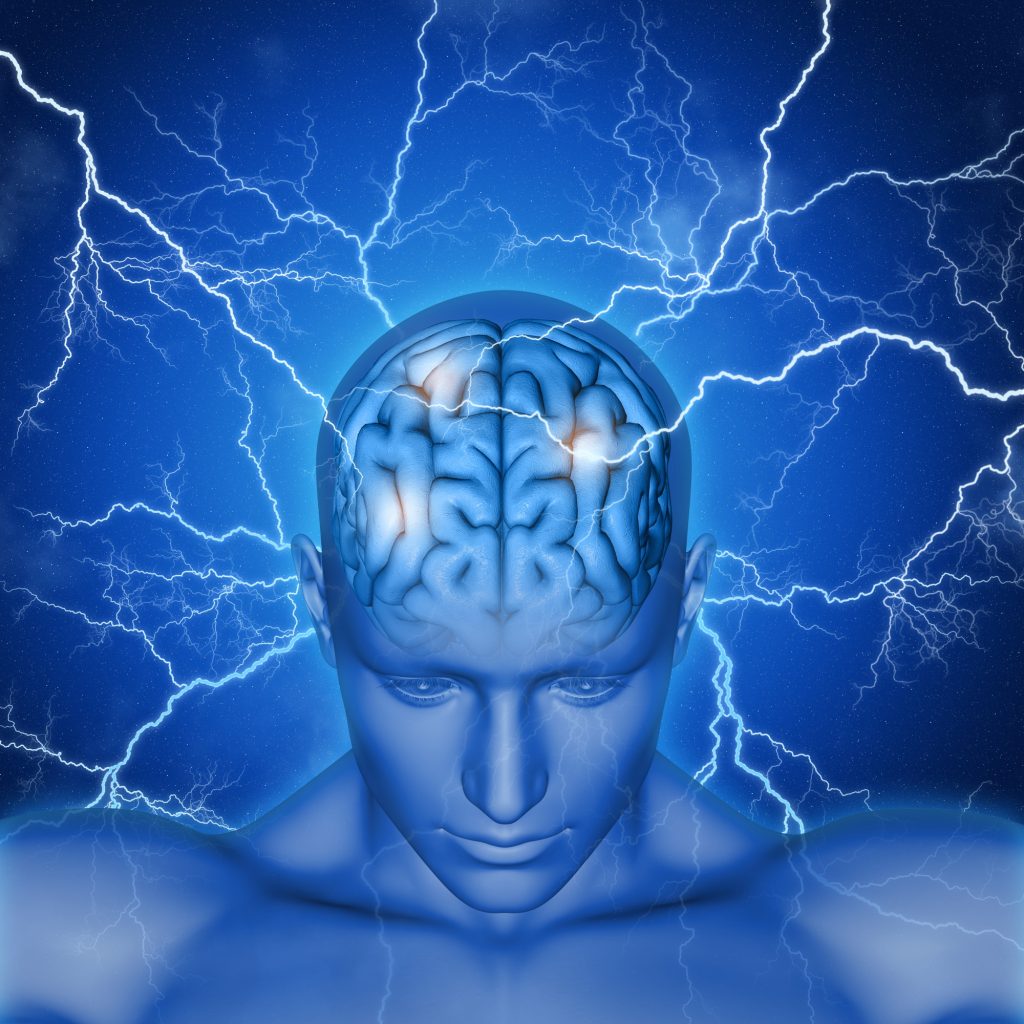A groundbreaking AI startup called Osmo is making waves in the tech industry by developing technology to digitize and replicate smells. Founded by former Google researchers, Osmo aims to create a digital library of scents that could potentially transform industries ranging from perfumery to virtual reality and healthcare.
Osmo’s Mission and Leadership
At the helm of Osmo is CEO and co-founder Alex Wiltschko, whose lifelong fascination with olfactory science drives the company’s innovative approach. Wiltschko’s academic background includes a bachelor’s degree in neuroscience from the University of Michigan and a Ph.D. in olfactory neuroscience from Harvard University.

“We’ve known that smell contains information we can use to detect disease. But computers can’t speak that language and can’t interpret that data yet,” Wiltschko explained in an interview with CNBC, highlighting the potential medical applications of AI scent detection.
Osmo’s Origins and Development
The company started as Wiltschko’s personal project during his time as a research scientist at Google. Two years ago, it launched as an independent startup with support from Lux Capital and Google Ventures. The transition from research project to startup underscores the growing interest and potential in AI-driven sensory technologies.
Osmo’s ambitious goal aligns with the broader trend of using AI to mimic and enhance human sensory experiences. While companies like OpenAI have successfully taught AI to generate text and sound, Osmo is venturing into the relatively unexplored territory of digital scent.
Technology and Approach
To develop their model, Osmo faced a significant challenge: the lack of an existing comprehensive dataset of scents. Wiltschko explained that they had to create one from scratch, working with reputable companies in the fragrance sector to obtain thousands of molecules and scent descriptions.
This data is then fed into graph neural networks (GNNs), a type of deep learning that analyzes data with relational or interconnected structures. GNNs help Osmo’s AI understand the atoms, bonds, and how molecular structure determines odor. This approach allows the system to capture complex relationships, handle variability in molecules, and learn hierarchical features efficiently.
Short-term Goals and Applications
While Osmo’s long-term vision includes disease detection through scent, the company is initially focusing on more immediate applications. In the short term, Osmo aims to make consumer products like perfumes, shampoos, and laundry detergents safer for consumers.
This focus on consumer products demonstrates Osmo’s strategy of addressing practical, market-ready applications while simultaneously working towards more ambitious goals in healthcare and diagnostics.
Long-term Vision: Healthcare and Beyond
Osmo’s long-term goals are firmly rooted in healthcare, particularly in disease detection. Wiltschko envisions a future where AI can detect diseases through scent, potentially enabling earlier diagnoses and better patient outcomes.
“We will eventually be able to detect disease with scent,” Wiltschko asserts. “It’s not going to happen this year or anytime soon, but we’re on our way.”
Beyond healthcare, Wiltschko has even more ambitious plans for Osmo’s technology. One exciting possibility is the ability to “teleport” scents by digitizing a smell in one location and recreating it perfectly in another. This capability could open up new possibilities in various industries, from entertainment to virtual reality.
AI in Healthcare: Current Landscape
Osmo’s efforts in scent recognition come at a time when AI is rapidly growing in the health sector. The global AI in healthcare market is estimated at around $23 billion, with Polaris Market Research predicting it could reach $431 billion by 2032.

However, current AI solutions in healthcare face challenges. For instance, when scientists asked ChatGPT to assess over 100 case studies from the medical publication Medscape, the chatbot could only achieve a correct diagnosis 49% of the time. This highlights the need for more accurate and reliable solutions, which Osmo aims to provide through its scent recognition technology.
Prospects:
- Revolutionary diagnostics: Osmo’s technology could lead to non-invasive, early disease detection methods.
- Enhanced consumer products: Safer and more effective fragrances in everyday items.
- Virtual reality advancements: The ability to incorporate scent could transform immersive experiences.
- New frontiers in AI: Osmo’s work could inspire further research into replicating human senses.
- Cross-industry applications: From entertainment to agriculture, digital scent technology could find diverse uses.
Challenges:
- Data collection: Building a comprehensive scent database is a time-consuming and complex process.
- Technological hurdles: Accurately replicating the complexity of human olfaction is a significant challenge.
- Regulatory landscape: As the technology develops, navigating health and safety regulations will be crucial.
- Ethical considerations: The use of AI in healthcare diagnostics raises important ethical questions.
- Market adoption: Convincing industries and consumers to embrace digital scent technology may take time.
As Osmo continues to push the boundaries of AI capabilities, the potential impact of its technology is vast. From revolutionizing the fragrance industry to potentially transforming medical diagnostics, the company’s work represents a significant step forward in AI’s ability to interact with the physical world.
While challenges remain, particularly in terms of technological development and market adoption, the prospects are exciting. If successful, Osmo could not only revolutionize multiple industries but also change the way we understand and interact with one of our most mysterious senses.

As the global AI market continues to grow and evolve, companies like Osmo are at the forefront of innovation, exploring new frontiers in sensory AI. The coming years will likely see further developments in this field, potentially bringing us closer to a world where digital scent becomes a reality.
Copyright©dhaka.ai
tags: Artificial Intelligence, Ai, Dhaka Ai, Ai In Bangladesh, Ai In Dhaka, Future of AI, Artificial Intelligence in Bangladesh,Osmo



